Path Cardio Outline - TMedWeb
Path Cardio Outline - TMedWeb
Path Cardio Outline - TMedWeb
Create successful ePaper yourself
Turn your PDF publications into a flip-book with our unique Google optimized e-Paper software.
<strong>Path</strong> <strong>Cardio</strong> <strong>Outline</strong>Normal: ClearWhite AlveoliEdema = no whiteair spaces, all pinkfrom fluidLeft‐Sided Failure‐ CausesoooIschemic Heart Disease = infarction and loss of myocardium (acute)HTN, Aortic Stenosis = increased afterload, hypertrophy, subsequent failure (chronic)Some Diastolic Dysfunction can result from nonischemic myocardial disease• Restrictive or Hypertrophic <strong>Cardio</strong>myopathy•‐ Morphologyo Chamber is usually hypertrophied and dilated (according to Robbins its also dilated)o Fibrosis within myocardiumo Secondary Atrial Enlargement with resultant Atrial Fibrillation• Fluid is not ejected, so backs up into atrium, which cannot hypertrophy, onlydilate• Atrial enlargement = atrial failure = inability to contract• Compromise of cardiac output (loss of atrial kick)• Increased risk of thrombus from stagnant fluid‐ Effect on Lungso ↑Pressure in pulmonary veins is translated to arterioles and capillaries• Leads to pulmonary edema (the congestive part of congestive heart failure)o Hemosiderin• Iron or Heme containing compounds are phagocytized by macrophages,converting them to hemosiderin.• Presence of these siderophages in pulmonary tissue denotes previous edemao• Nick‐named “heart failure cells” or hemosiderin‐laden macrophages• <strong>Path</strong>ognomonic for Pulmonary Edema (current or past)Symptoms• Dyspnea = difficulty breathing, especially during activity• Orthopnea = difficulty breathing upon laying down, patients sleep with pillows• Paroxysmal Nocturnal Dyspnea = severe Dyspnea at night‐ Effect on Kidneyso Decreased CO = Decrease RBF = Increase in Renin/ANGII in response. ANG II causes:• Constriction of efferent arteriole = increased filtration = good• Vasoconstriction = increased TPR = increased afterload = bad• Salt Retention = Fluid Retention = increased preload (venous return) = bad• “Bad” is bad because it ↑cardiac demand in an already failed hearto Decreased filtration = decreased nitrogen excretion = azotemia‐ Effect on Braino Cerebral Hypoxia = Hypoxic Encephalopathy, only in severe cases• If you can’t breathe because there is fluid in your lungs where oxygen should be,you obviously won’t get enough oxygen to your brain3 | O wl Club Review Sheets



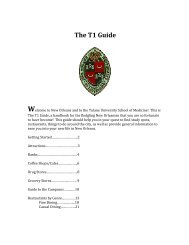
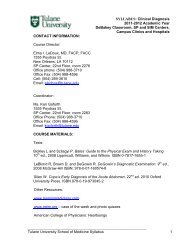
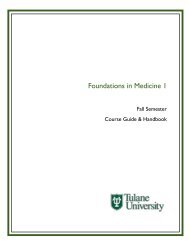
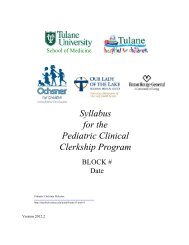
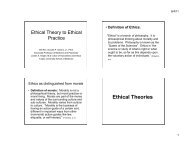
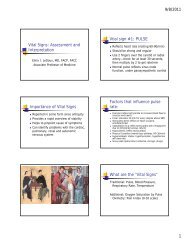
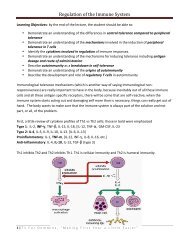
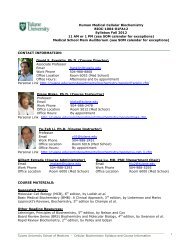
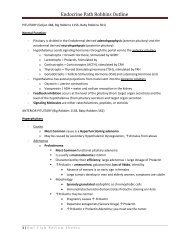



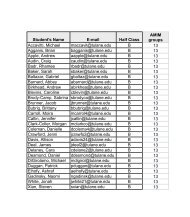
![Research Opportunities for Medical Students 10-13[1] - TMedWeb](https://img.yumpu.com/35158682/1/190x245/research-opportunities-for-medical-students-10-131-tmedweb.jpg?quality=85)